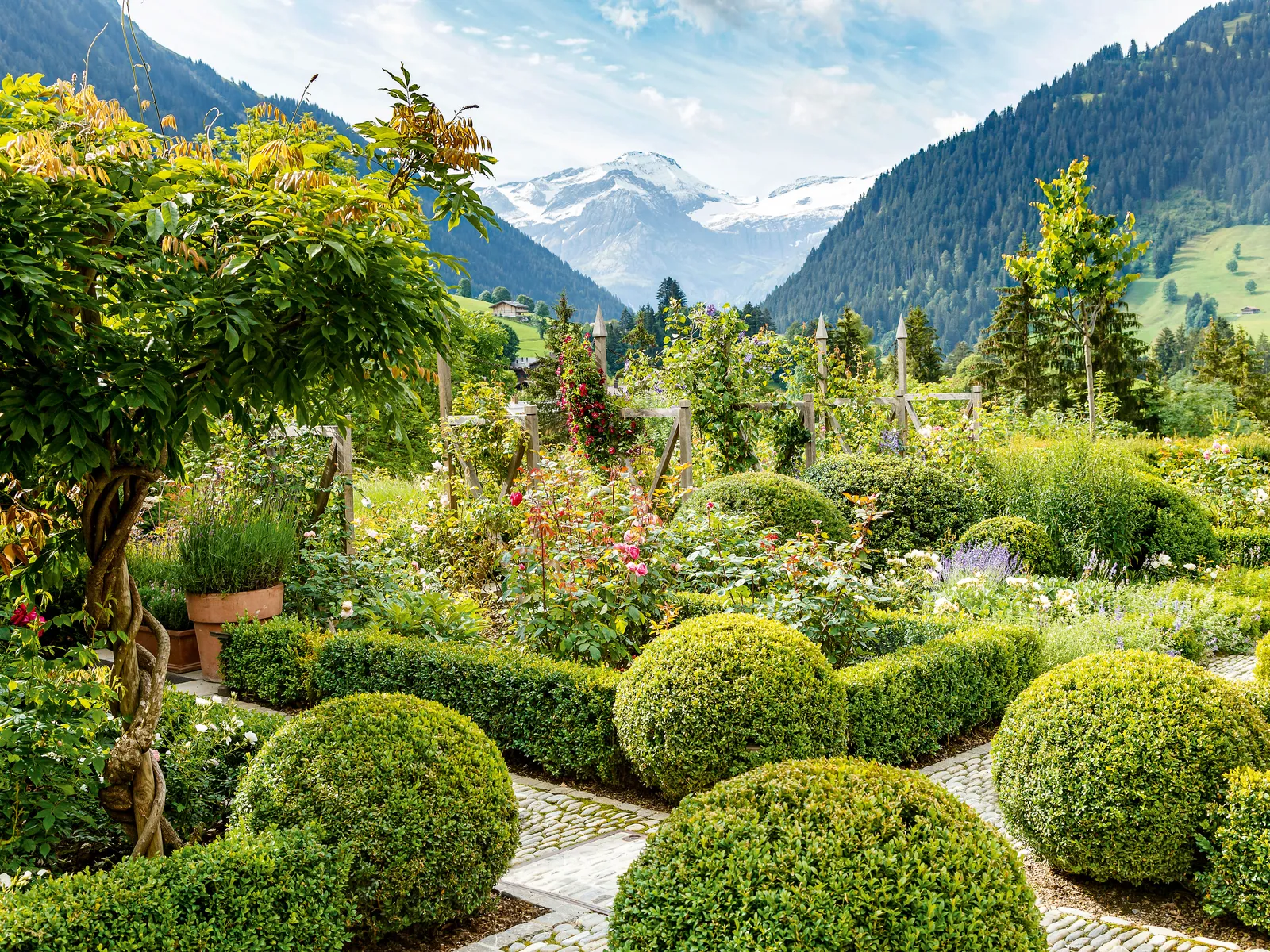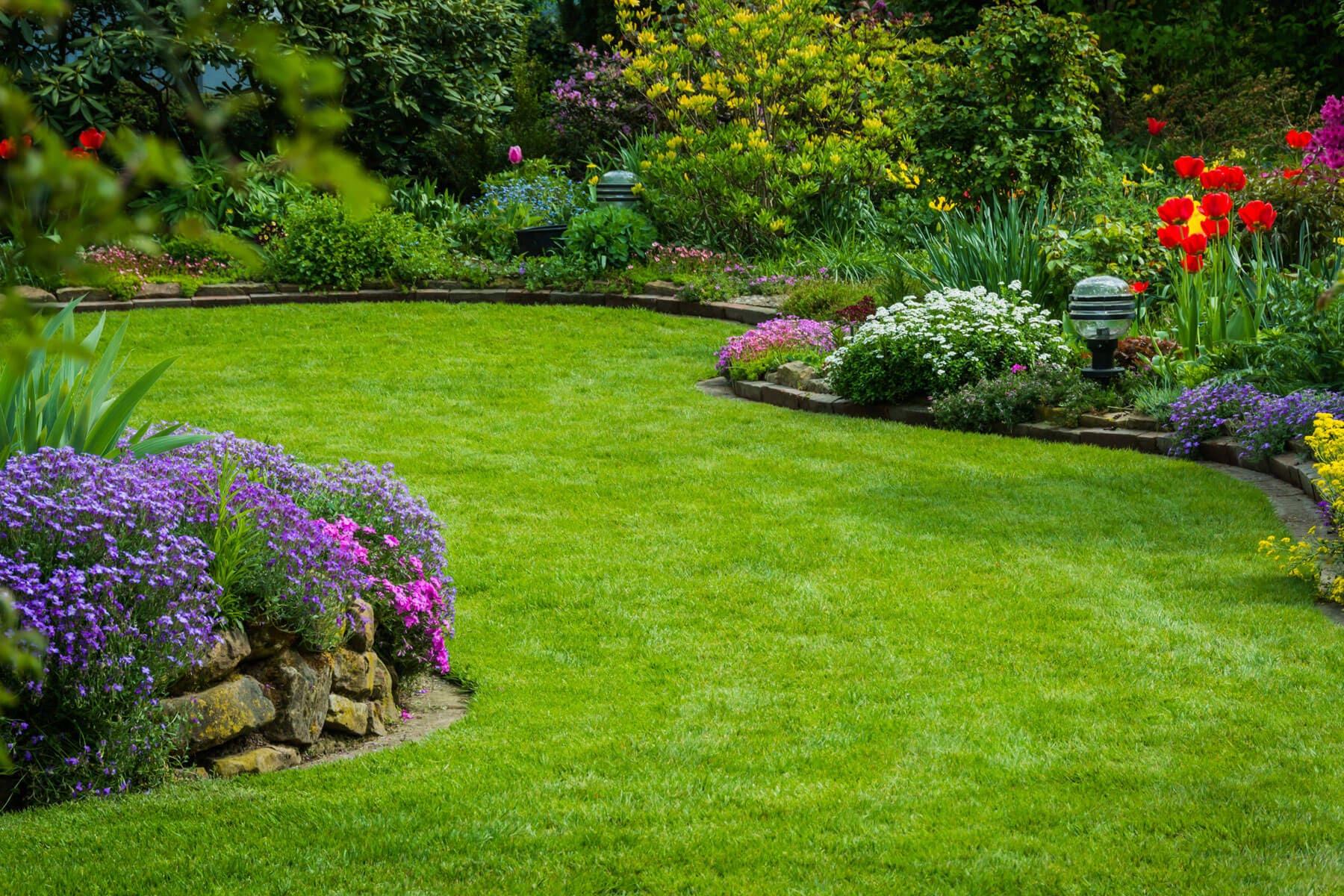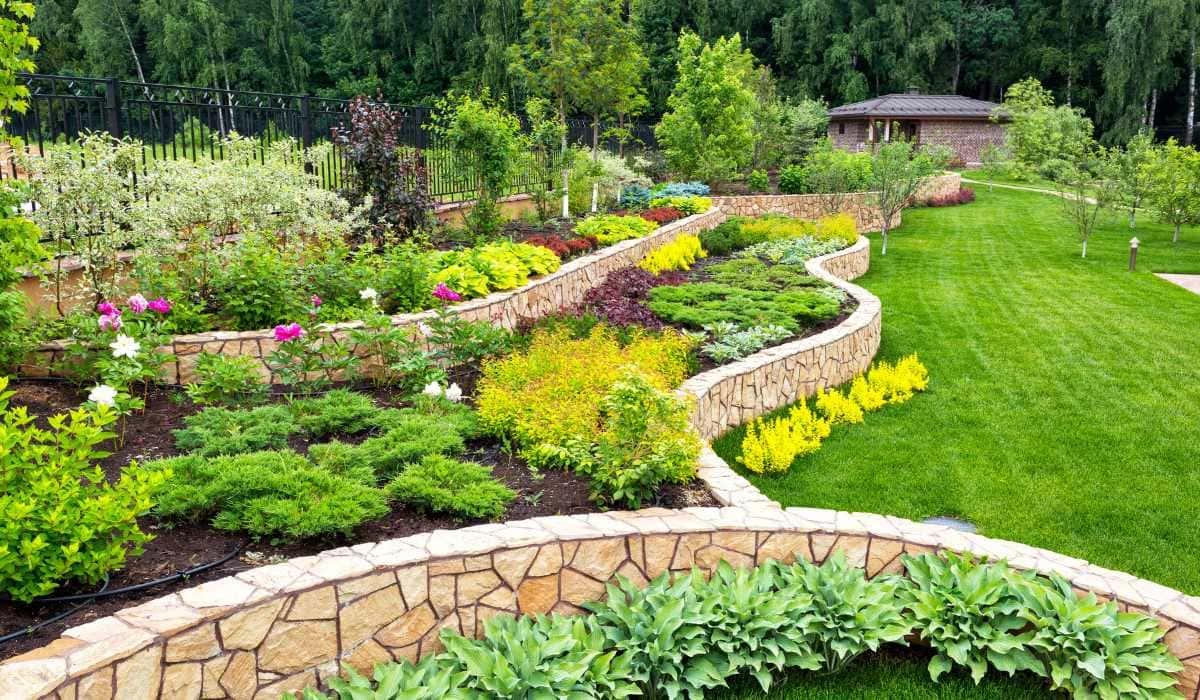Crafting Serene Gardens: Principles of Beautiful Outdoor Living
-
Ujjwal Kumar Iyer
- /
- 11.15.2025
- /
- 4
- /
- Views 12265

Reimagining Your Outdoor Sanctuary
Many homeowners struggle to create truly inviting outdoor spaces that reflect their personal style and meet their functional needs. They often feel overwhelmed by the sheer number of choices, from plant selections to hardscaping materials, leading to a lack of clear vision. The result is frequently a disjointed area that feels underutilized, turning potential havens into neglected corners rather than vibrant extensions of their homes.
A common symptom of this challenge is the significant disconnect between indoor comfort and outdoor utility. While people aspire to extend their living space outdoors for relaxation or entertainment, their current setup might offer little more than a basic patio or a patch of grass. This missed opportunity means sacrificing valuable areas for connection with nature, social gatherings, and personal tranquility right at home, diminishing the property's overall appeal.
The difficulties extend to maintaining a beautiful and thriving garden. Without proper foresight and planning, plants can struggle, requiring constant attention, costly replacements, or failing to flourish as expected. Issues such as poor soil conditions, inadequate light exposure, or unsuitable plant choices for the local climate can quickly transform a dream garden into a source of frustration, detracting from its aesthetic value and demanding excessive ongoing effort.
Furthermore, many outdoor areas lack a cohesive design or a defined purpose. They might feature a collection of disparate elements—a grill here, a seating area there—without a unifying theme or logical flow. This absence of thoughtful, integrated design prevents the space from feeling like a true sanctuary, instead appearing as an afterthought rather than a vital component of the home's overall charm and functionality, hindering its potential for serene living.
Ultimately, this often leads to a feeling of dissatisfaction, where the full potential of an outdoor area remains untapped. Homeowners invest both time and resources, only to discover their garden doesn't genuinely enhance their lifestyle or provide the peaceful escape they envisioned. Understanding these fundamental issues is the crucial first step towards crafting truly beautiful, functional, and enduring outdoor environments.
Underlying Challenges in Outdoor Design
- Lack of cohesive design strategy: Many approach garden design piecemeal, adding elements without considering how they integrate into a larger, harmonious vision. This often results in visual clutter and inefficient use of valuable space, failing to create a unified experience.
- Underestimating maintenance requirements: Choosing plants or materials that demand more upkeep than owners are willing or able to provide leads to neglected areas. For instance, high-maintenance lawns in shaded areas frequently fail, requiring constant struggle.
- Ignoring site-specific conditions: Failing to properly assess sun exposure, soil type, and drainage before planting or building can lead to struggling flora and structural issues. Studies show approximately 60% of new plantings fail due to incorrect placement.
Pathways to Harmonious Outdoor Living
1. Embrace Holistic Landscape Planning
A fundamental solution involves adopting a holistic approach to landscape planning. This means viewing your outdoor space as an essential extension of your home, meticulously integrating its design with your indoor aesthetic and lifestyle needs. Begin by mapping out functional zones for dining, relaxation, or play, considering how each area will be used and enjoyed by your household.
Consider the natural flow and seamless transition between these zones, ensuring a smooth and inviting experience as you move through your garden. NextWaveInnovation emphasizes creating a comprehensive master plan that addresses everything from hardscaping materials to plant palettes, ensuring every element contributes to a unified, purposeful, and beautiful environment. This foundational step is absolutely critical for long-term satisfaction.
2. Prioritize Sustainable and Low-Maintenance Choices
Opting for sustainable and low-maintenance elements can significantly reduce future effort, resource consumption, and environmental impact. This includes selecting native plants that are naturally adapted to your local climate, requiring less water, fewer fertilizers, and minimal pest control. Drought-tolerant species and efficient, smart irrigation systems are also key components of a responsible and easy-care garden.
Furthermore, consider durable, locally sourced materials for patios, pathways, and other hardscaping elements. These choices not only reduce the environmental footprint associated with transportation but also ensure longevity and minimize ongoing upkeep, allowing you more time to genuinely enjoy your garden rather than constantly tending to it. It's about making smart, long-term design decisions that benefit both you and the environment.
3. Integrate Smart Technology for Enhanced Living
Leverage modern technology to significantly enhance the functionality, comfort, and enjoyment of your outdoor living space. Smart irrigation systems, for example, can precisely optimize water usage based on real-time weather conditions and soil moisture levels, saving precious resources and ensuring optimal plant health without manual intervention. Automated lighting systems can dramatically transform evening ambiance and improve security.
Incorporating outdoor sound systems, climate-controlled pergolas, or even automated shading solutions can elevate comfort and entertainment to new levels. These thoughtful technological integrations, when expertly implemented by specialists like NextWaveInnovation, provide unparalleled convenience and elevate the overall outdoor experience, making your garden truly smart, serene, and responsive to your needs.
Potential Considerations and Recommendations
- Over-customization leading to limited appeal: Highly specific or niche designs, while personal, might deter future buyers if you ever decide to sell your property. Recommendation: Balance personal preferences with timeless, broadly appealing design elements and a flexible layout.
- Underestimating budget for quality materials: Cutting corners on initial material costs can lead to premature wear, frequent repairs, and higher long-term expenses. Recommendation: Invest in durable, high-quality materials from the outset to ensure longevity, reduce future maintenance, and enhance aesthetic value.
- Ignoring local regulations and permits: Building structures or making significant landscape changes without proper local approvals can lead to fines, forced modifications, or even removal. Recommendation: Always research and secure all necessary local permits and adhere to building codes before starting any major outdoor construction or landscaping project.
Tags:
Related Articles

Fatima Soni
2 days agoThis article offers some interesting perspectives on garden design. I appreciate the focus on planning and sustainability.

Manas Malhotra
2 hours agoIndeed, thoughtful planning is key to avoiding common pitfalls. We aim to provide actionable insights for everyone, ensuring lasting beauty and functionality.

Kalyan Shinde
2 days agoFantastic advice! The point about integrating smart technology is particularly relevant today. I hadn't considered that fully for my outdoor space.

Chhavi Arora
2 hours agoThank you! Modern solutions can truly transform outdoor living, blending aesthetics with innovation for optimal results and convenience. We're glad you found it insightful!


 NextWaveInnovation
NextWaveInnovation